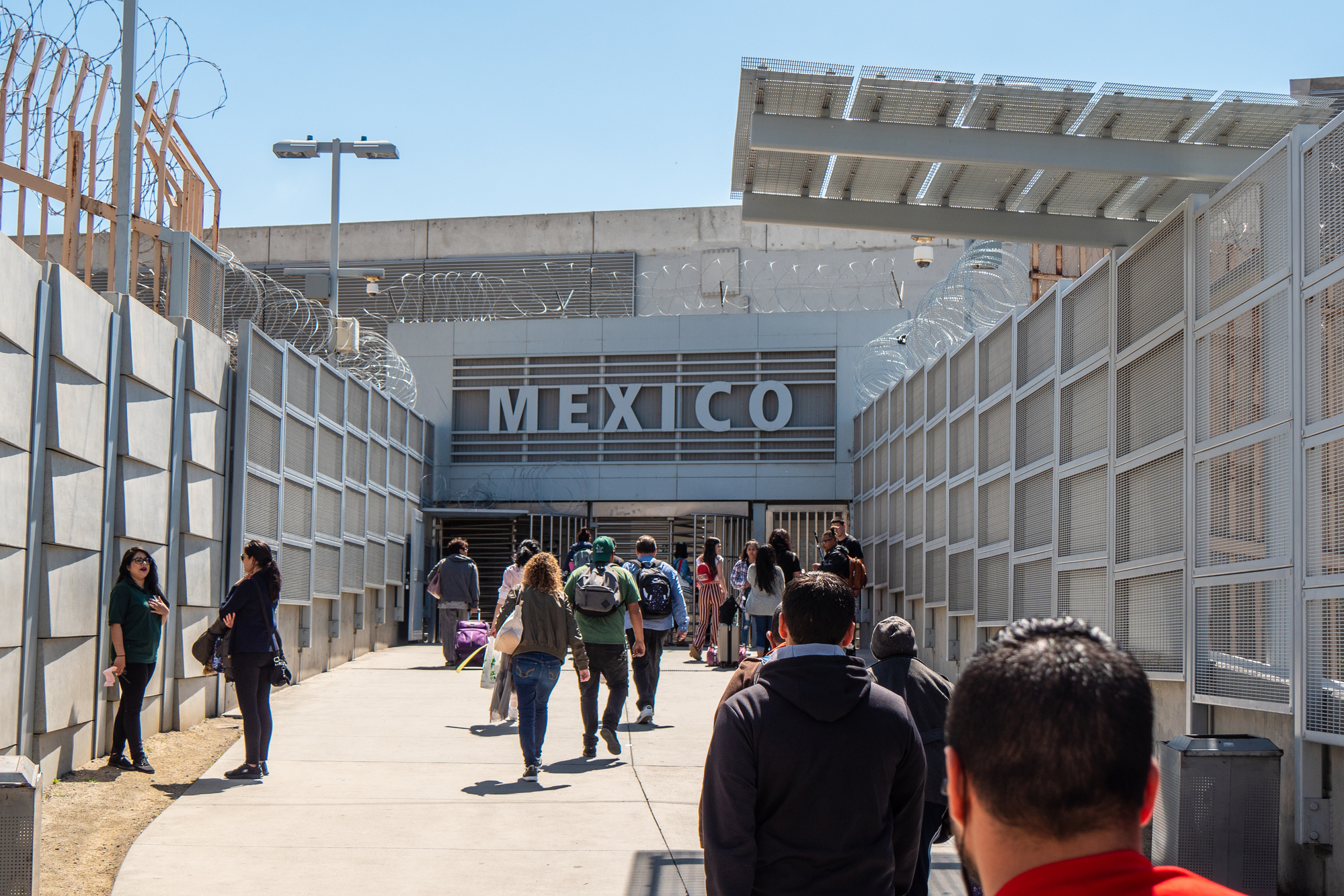The current US president consistently vilifies Mexico and its southern neighbors in Central America. This includes his perceived need to ‘‘make America safe again’’ from migrants who the US government has deemed as “criminal illegal aliens.”
The belief here, underpinned by much-challenged statistics, is that by declaring a national emergency and funneling billions of US taxpayer dollars to build a wall, the United States would reinstate security and keep migrants at bay.
In February, Mr. Trump announced plans to use the US military budget to help reach fund of $8 billion for the wall, but this decision remains stuck in the court system. However, according to Quartz, the Pentagon continues to funnel money towards the wall which Mr. Trump said was needed to stop an “invasion of drugs, criminals and gangs.’’
‘‘We are not even into February and the cost of illegal immigration so far this year is $18,959,495,168,’’ Trump tweeted at the end of January.
‘‘Cost Friday was $603,331,392. There are at least 25,772,342 illegal aliens, not the 11,000,000 that have been reported for years, in our Country. So ridiculous! DHS,’’ he tweeted.
Politifact has since pointed out that there is no basis for the president’s precise statistics and, despite citing the Department of Homeland Security (DHS) in the tweet, there has been no data produced to back up these allegations.
Politicians such as Trump are manipulating data to fuel their own agendas. They refer to statistics, in part because of the reputation associated with numbers, but then mold them to fit the president’s arguments and misuse them to portray a different light on topics such as immigration.
Trump’s suggestion that there are over 25 million ‘‘illegal aliens’’ in the United States can be disproved using the residual estimation method; which is generally considered the best method for tracking statistics. There were an estimated 10.7 million undocumented immigrants nationwide in 2016, the lowest this figure had been in over a decade. This number is unlikely to have nearly tripled in the space of three years.
In addition, a record number of families are now turning themselves in to Border Patrol in order to claim asylum, which makes them asylum seekers rather than undocumented migrants – another specificity that Trump chooses not to clarify in his statements.
Instead, he explained at the State of the Union address in February that “the lawless state of our southern border is a threat to the safety, security, and financial well-being of America.”
There is little data to support the “lawless” nature of the areas neighbouring Mexico. In fact, according to American libertarian think tank Cato, the crime rate in the 23 counties at the border is actually lower than those in the rest of the country.
When it comes to this data, a factor to consider is that the lower levels of crime are likely to be a consequence of the considerably higher numbers of security officials along the border. According to the Texas Tribune, these border regions’ security forces include local police and sheriffs departments, border patrol agents, DPS troopers, U.S. Immigration and Customs Enforcement officials, the FBI, DEA and the Texas National Guard, among others.
Working on the border with “criminal” migrants would also suggest that a border patrol agent would be a dangerous job. Once again, Trump’s data does not support this. From 2003 to 2018, six border patrol agents were murdered on the job, which amounts to two homicides per 100,000 agents. This number is lower than the national rate of 5.3, and far lower than the standard US police officer homicide rate of 19.7.
In fact, US policy and politics magazine Governing revealed that the higher the number of unauthorized immigrants in a population, the lower the crime rates. For every one percent increase in the immigrant population, property crime rates reduce by 94 incidents per 100,000. For violent crimes, such as murder, rape and aggravated assault, the reduction was slight but “statistically significant.”
Trump’s manipulation of data, especially relating to immigration, is why fact-checking sites such as Politifact and Fact-Check have grown in popularity and necessity, in a bid to ensure that citizens are well informed of what is true, as well as what isn’t.
*Additional reporting from Tamara Davison
Read more:











